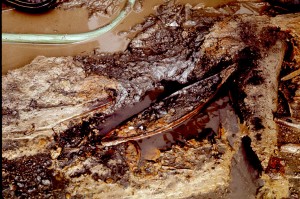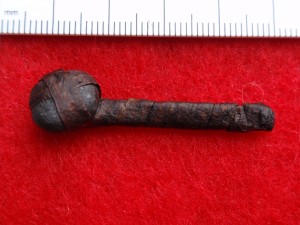I have scanned illustrations (example here), re-made graphs, scanned computer generated maps, and digitized text for the Ozette Village wet site basketry analysis of 1977. Since only poor copies of this work are in circulation, I wanted to make a better copy available for future wet site basketry research (though still a low resolution copy and in two parts because of its size):   ANCIENT BASKETRY ATTRIBUTES AND TYPES–CROES 1977 DISSERTATION Part I ; OZETTE VILLAGE BASKETRY FUNCTIONAL CLASSIFICATION AND CONCLUSIONS–CROES 1977 DISSERTATION Part II
I have also posted here a Useful Wet Site Research References reflecting ancient basketry research that has been conducted since 1977: Useful References for Wet Site Basketry Research and Reports since 1977 Ozette Dissertation
The patterns of inter-site comparisons in 1977 seem to be holding up–and the new data uncovered seems to only bolster these general patterns (even cladistic analyses). Hope this is helpful to researchers–do let me know references I undoubtedly left out. Thanks, Dale Croes






